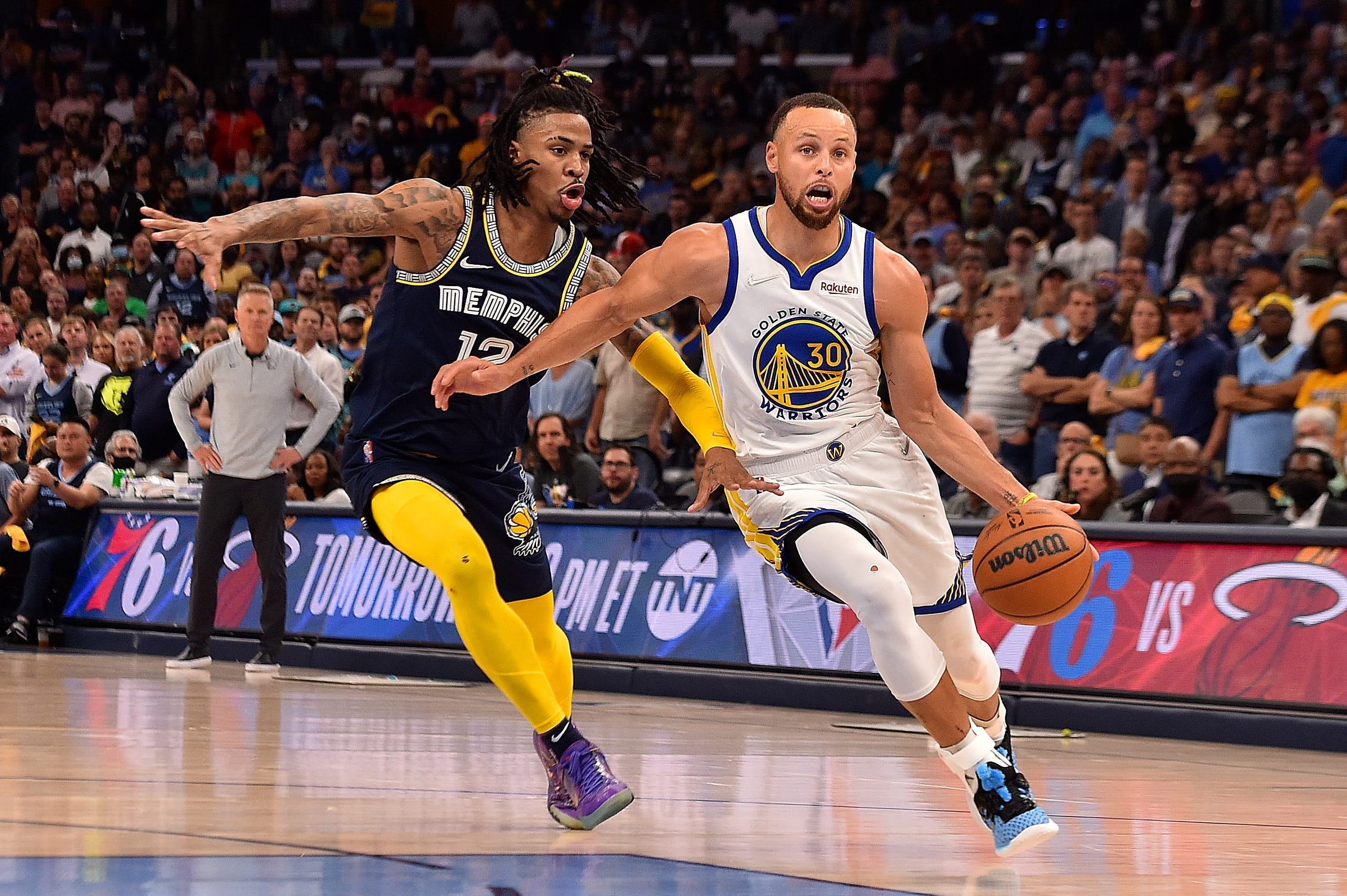The dollar value of a winning NBA player
A new metric, Bonus Wins, measures the cost of victory
BY HENRY ABBOTT and STEVE ILARDI
Having just led the Warriors into the rarefied air of a fourth NBA title, Stephen Curry’s value to the Warriors is nearly incalculable.
By one respected measure, Estimated Wins (eWins) from Dunks and Threes, Curry accounted for 15.28 of the Warriors’ 53 wins. No other Warrior approached half of that total.
Whatever the cost, Steph is the proverbial “bargain at twice the price.” But he’s also the highest-paid player in the history of the NBA. At $45.8 million in 2021-2022, the cost is pretty steep.
And … we’ll get into the weeds below … NBA regular-season wins last year cost about $3.35 million each. If you do the math, the Warriors came out a little ahead.
Keep reading with a 7-day free trial
Subscribe to TrueHoop to keep reading this post and get 7 days of free access to the full post archives.


